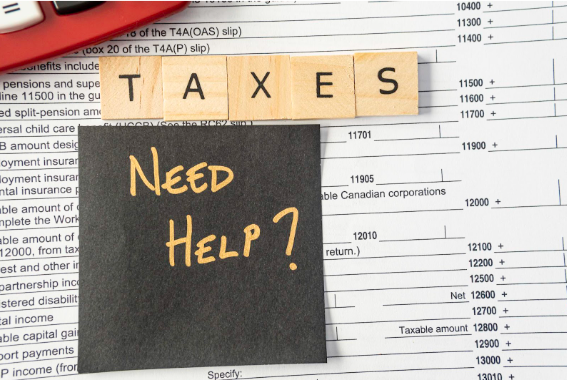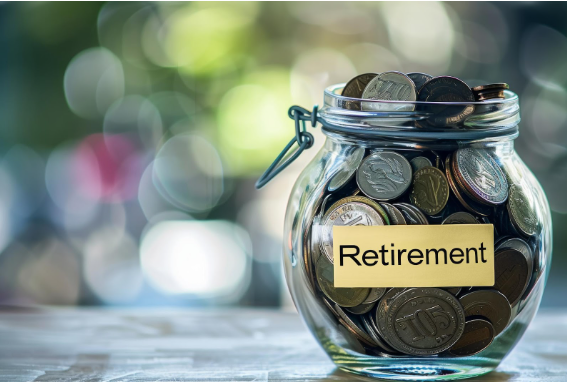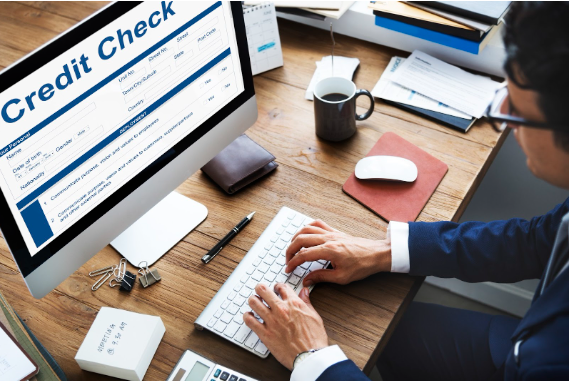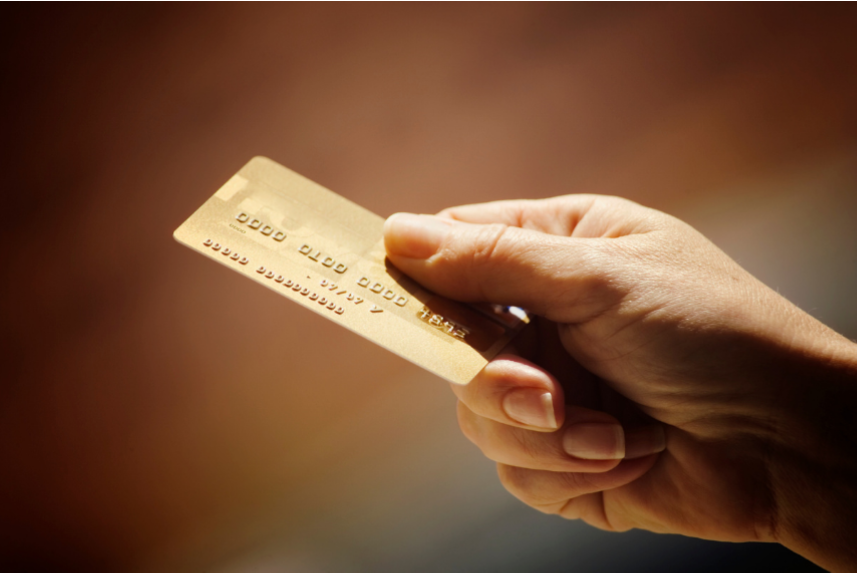
Can I Get a Credit Card after Bankruptcy
If you filed for bankruptcy it doesn’t signify the end of your ability to have credit. Yes, you made mistakes or fell upon hard times and needed help, but everyone gets a second chance including you.
You can get a credit card after bankruptcy, it just depends on when you apply, what your credit looks like, and what credit card companies require.
If credit card debt got you into trouble in the first place, you obviously want to be careful, but with the right advice and help from a professional debt expert, you will be able to budget and know what your income and expenses are, and in the future if there is room to carry on a credit card with monthly payments.
How Long Does a Bankruptcy Stay on your Credit Report?
Once your bankruptcy is discharged (usually in 9 months), it doesn’t mean you are in the clear. The bankruptcy stays on your credit report for 6 – 7 years.
You’re probably thinking that’s a long time to go without a credit card, but the good news is that you don’t have to wait that long.
Yes, creditors will see your bankruptcy for the next several years, but that doesn’t mean they’ll automatically turn you down for a credit card.
Will you be able to get an unsecured credit card with a high credit line?
Probably not, but there are ways to work your way up to that. Here are the steps.
Steps to Get a Credit Card after Bankruptcy
Every consumer will have different steps to get a credit card after bankruptcy, but here are the general steps you should take.
Pull your Credit Report
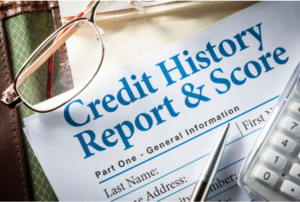
First, pull your credit report to see what creditors will see. Obviously, the bankruptcy will be there, but what else is being reported?
If you find anything inaccurate, write a dispute letter to the credit bureau to get the information corrected. It’s best if you have proof of what is reported wrong to move the process along faster and to ensure you get the information corrected.
If everything is correct, but you notice that you don’t have any positive trade lines because everything was discharged in the bankruptcy you may need a secured credit card.
Apply for a Secured Credit Card
A secured credit card may not be what you want, but it’s a step in the right direction. A secured credit card has collateral, which is usually cash. You make a deposit with the credit card company and they give you a credit line.
The credit line is usually equal to the deposit. So for example, if you put down $300, you’d have a $300 credit line. The deposit you put down is just a security deposit. The credit card company doesn’t apply it to your account unless you miss a payment, then you forfeit your security deposit and possibly your rights to the credit card.
How to Use a Secured Credit Card after Bankruptcy
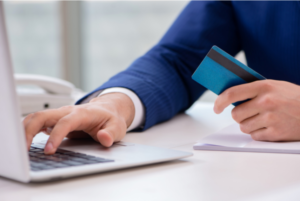
Knowing how to use a secured credit card after bankruptcy is important. Your goal should be to graduate to an unsecured card in the near future. You can only do this with proper use of the secured card, though.
The goal is to show credit card companies that you can use a credit card responsibly even though you filed for bankruptcy before.
1. Charge only what you can afford
Don’t use the credit card as an extension of your income – it’s not. Instead, use it to charge what you know you can afford to pay off. You’re trying to establish a positive credit history and the best way to do that is to pay off what you charge.
2. Make your payments on time
The largest part of your credit score is your payment history. Make your payments on time and you’ll increase your credit score much faster. If you miss a payment (more than 30 days), it will hurt your credit score even more than the bankruptcy already did.
This goes back to only charging what you can afford. While you should pay off the full balance each month, if you can’t, at the very least, make your minimum payments on time.
3. Keep your credit utilization rate down
Your credit utilization rate is a comparison of your outstanding debt on your credit line. If you have a $500 credit line and have $500 in outstanding debt, it looks bad. Instead, keep your credit card balance at 30% or less of your total credit line. This means paying your balance off in full each month or at least paying 70% of it and carrying a balance that’s no more than 30% of your credit line.
4. Ask when you can upgrade to an unsecured card
Not all credit card companies automatically upgrade you to an unsecured card. Some companies don’t even offer the option.
Once you have 6 – 12 months of secured credit card payments under your belt, ask the credit card company about the option to convert. If they don’t offer the option or turn you down, check your credit and apply with another credit card company.
Some credit card companies will approve you for an unsecured card right out of bankruptcy while others want to see other activity before they give you a credit card. The secured credit card history, though, may be enough for you to move onto an unsecured card.
Final Thoughts
You can get a credit card after bankruptcy – it’s not impossible as some people think. It might take a little thinking outside the box and taking a credit card you normally wouldn’t accept, but it can be worth it.
A secured credit card can help you build credit and work your way back up to a good credit score. While the bankruptcy will sit on your credit report for many years, it doesn’t have to haunt you for that long. You can overcome the negative impact it has and move back into using ‘regular credit’ before long.
If you need help re-establishing yourself after a bankruptcy, contact our debt experts today to get the help you need.



